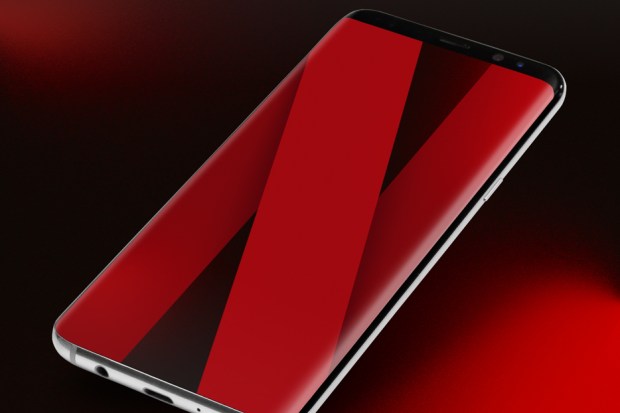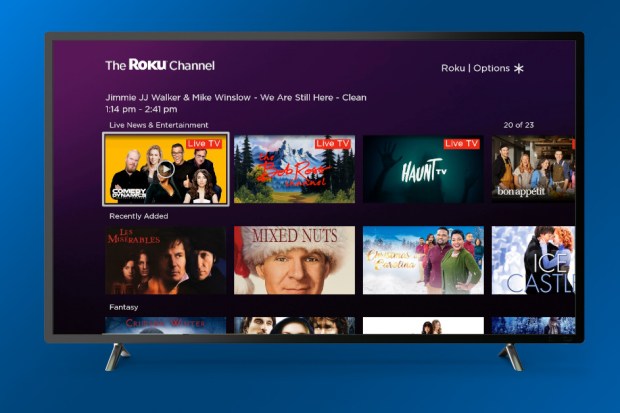You’re throwing away money on Netflix – I found three common mistakes sending your bill soaring but the fixes are easy


NETFLIX isn't getting any cheaper – but that doesn't mean it can't cost less for you.
We're all exhausted by ever-climbing TV bills, but you might be overpaying without even realising it.
I've found a few simple Netflix mistakes you need to check.
With easy fixes, you can instantly cut your monthly streaming bills and put that money towards something more exciting – like a massive pizza order for movie night.
Your first mistake is paying for a 4K plan when you just don't need it.
Netflix's top subscription is the Premium plan, which costs £17.99 in the UK and $22.99 in the US.
It's not an insignificant amount of money to be paying every month.
The big perk is that you can watch 4K Ultra HD content (and in HDR, or High Dynamic Range too).
Of course Netflix is packed with 4K content so what's not to like?
Well there's every chance you're not watching Netflix on a 4K TV.
Many televisions don't have 4K screens, and you'll be capped to the max resolution (the number of pixels) of the display.
And if you're streaming via an Amazon Fire Stick or Roku box, you'll need to make sure that it supports 4K too – or you won't see an Ultra HD picture.
Importantly, most tablets and smartphones don't have 4K screens either.
And on a tiny mobile screen, having ultra-high-resolution is even less important because the pixels are packed into a more dense space.
So if you're a regular mobile watcher, the Premium plan might be an even bigger waste of money.
Instead consider downgrading to the Standard plan, which is £10.99 in the UK and $15.49 in the US.
Here's an easy guide to what 4K means...
That's a big monthly saving that adds up over the year.
In fact, you'd be saving £84 in the UK and $90 in the US just by making this simple switch.
The Standard plan still gets you multiple-device streaming (two at a time), the option to download offline content, and Full HD streaming.
And its library of content is exactly the same as the Premium plan.
The second mistake is ignoring the newer and far cheaper Standard with Ads plan.
This is a way to save vast sums of money in an instant.
It's a lot like the Standard plan, but (as the name suggests), you'll be viewing commercials.
If you're a long-time TV viewer then the idea of watching ads won't seem that bad.
Here's what you need to know...
Netflix Standard with Ads
Price: £4.99 / $6.99
Netflix Standard
Price: £10.99 / $15.49
Netflix Premium
Price: £17.99 / $22.99
Ads are now increasingly common even for paid content – and you'll be used to see them if you're a YouTube fan too.
The Standard with Ads plan still gets you streaming and downloading on two devices at a time.
And it's still Full HD resolution, which your TV is far likelier to support.
Full HD is also totally fine if you're watching on a mobile screen too.
The advantage here is that Standard with Ads costs just £4.99 a month in the UK and $6.99 for the US.
So over the course of the year – versus a Premium plan – you'll be saving £156 or $192. Giant savings.
The final question you should be asking is: do you even need a monthly Netflix subscription?
Your immediate answer is probably "yes", but hear me out.
There are two big mistakes you might be making.
Firstly, there is a vast selection of content out there that costs no money.
There are loads of TV streaming apps that have thousands of live channels, movies, and shows – all funded by showing you ads.
Try downloading apps like:
Here's what you need to know
The Roku Channel is a streaming app that's available on a range of devices.
It offers more than 400 live TV channels.
And it promises over 80,000 movies and TV shows on an on-demand basis.
Roku says that the app is available on:
Roku notes that the app is only available in the United States, Canada, and the United Kingdom. It's also available in Mexico, but only on Roku devices.
They'll give you vast libraries of no-cost content in an instant.
In fact, they might be so packed with TV that you might decide to ditch Netflix altogether.
Secondly, try stream swapping.
This involves simply rotating through paid TV apps month by month.
That way you always have fresh content to watch, but you're not constantly forking out for Netflix.
So you could sign up for Netflix for one month, then switch to Disney+, then Amazon Prime Video in the third month.
Pick four or five apps and then by the time you cycle back to the first one, there'll be new movies and shows to enjoy.
It's an easy way to save money and means you won't miss out on premium content from those paid-for apps.

